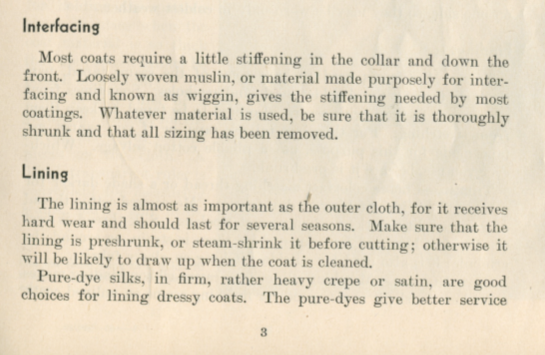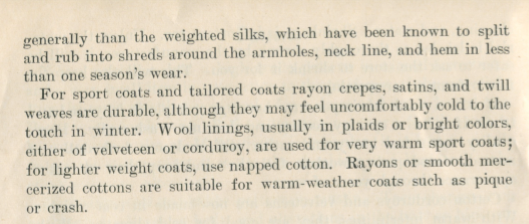Sickofitcindy
One of the Regulars
- Messages
- 113
- Location
- Brooklyn, NY
Hope no one is annoyed if I add another question about grading... I get the general idea of grading but I'm wondering what I do with a skirt. I only need to add a couple inches to the width of it... do I divide up the added amount and add equally to each panel or do I just add width to the front and back panels?
Hi Zombiegirl,
How much are you looking to grade overall? I personally would add to each panel but others may have differing opinions.
If it's just a few inches it should be fine. I once did a large grade and added almost 2 inches to each panel. I ended up leaving all of the extra in the center front and center back seams but taking out all that I had added to the side seams.





